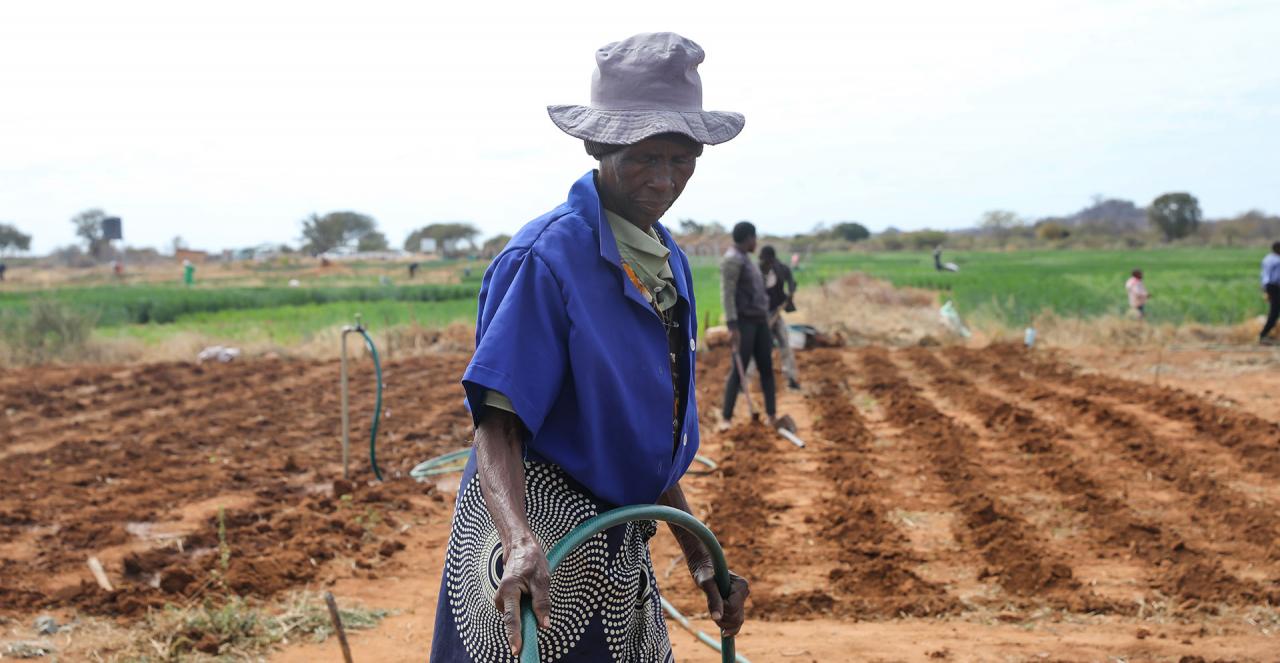Written By: Faith jemosop
Climate change is no longer a distant threat; it’s already reshaping ecosystems, economies, and lives across the globe, especially in Africa. From rising temperatures and unpredictable rainfall to severe droughts and floods, the continent is experiencing the harsh realities of a warming world. But in the midst of the crisis lies a powerful solution: renewable energy.
So, how exactly does renewable energy help combat climate change? Can solar panels, wind turbines, and hydro dams genuinely reduce global warming, or is it all just hype? Let’s dig deep and find out.
To understand how renewable energy fits in, we must first understand the problem. The root cause of climate change is the burning of fossil fuels coal, oil, and natural gas. These fuels release vast amounts of greenhouse gases (GHGs) like carbon dioxide (CO₂), methane (CH₄), and nitrous oxide (N₂O), which trap heat in the Earth’s atmosphere.
According to the International Energy Agency (IEA), the energy sector alone contributes over 73% of global GHG emissions. This means that if we want to tackle climate change at its core, we need to change how we produce and use energy.
What Is Renewable Energy?
Renewable energy refers to power generated from natural sources that are constantly replenished such as sunlight, wind, water (hydro), geothermal heat, and organic matter (biomass). Unlike fossil fuels, these sources do not emit significant GHGs when producing electricity or heat.
That’s what makes renewables so powerful: they offer a clean alternative to dirty energy. In practical terms, every kilowatt-hour (kWh) of electricity generated by solar or wind power displaces a kWh that might have been produced using coal or gas. This translates directly into fewer emissions.
How Renewable Energy Helps Fight Climate Change
Let’s explore four major ways in which renewable energy contributes to the fight against climate change:
1. Zero Emissions During Operation
Renewable energy systems,like solar panels, wind turbines, and hydroelectric dams, produce electricity without combustion. That means they don’t emit CO₂ or other GHGs during operation.
Compare this to coal-fired power plants, which can release over 1,000 grams of CO₂ per kilowatt-hour of electricity produced. In contrast:
- Wind power emits only 11 g CO₂/kWh
- Solar PV emits about 45 g CO₂/kWh
- Hydropower emits 24 g CO₂/kWh
- This drastic reduction in emissions is a game-changer in the fight against global warming.
2. Clean Power for Remote and Off-Grid Areas
In Africa, millions of people rely on diesel generators for electricity. While convenient, these machines are inefficient, polluting, and expensive to run. Renewable energy systems like solar home systems and mini-grids, offer a clean, scalable alternative.
By replacing diesel generators with decentralized renewables, African countries can:
- Cut CO₂ emissions
- Reduce air pollution
- Improve energy access
- Empower local economies
A 2024 study by Power for All found that replacing diesel generators across sub-Saharan Africa could eliminate up to 70 million tons of CO₂ per year.
3. Electrifying Other Sectors
Electricity is just one part of the climate puzzle. Other sectors like transportation, heating, and cooking also contribute heavily to emissions.
By using renewable electricity to power electric vehicles (EVs), cookstoves, and heating systems, we can clean up these sectors too. For example:
- Solar-powered cooking can reduce reliance on firewood and charcoal, which also prevents deforestation.
- EVs powered by wind or solar produce zero tailpipe emissions.
- Electric heat pumps are far more efficient and cleaner than oil or gas boilers.
Also read: Why Kenya Is Experiencing a Deadly Cholera Outbreak
This process is known as sector coupling ,electrifying various parts of the economy using clean energy.
4. Lower Lifecycle Emissions
It’s true that building solar panels and wind turbines requires energy—some of which may still come from fossil fuels. But even after accounting for these lifecycle emissions (from manufacturing, transportation, installation, and maintenance), renewables still come out way ahead.
The U.S. National Renewable Energy Laboratory (NREL) reports:
- Coal: 820 g CO₂/kWh
- Natural Gas: 490 g CO₂/kWh
- Solar PV: 45 g CO₂/kWh
- Wind: 11 g CO₂/kWh
Clearly, over their lifetime, renewables emit a fraction of what fossil fuel systems do.
The Global Impact So Far
Across the world, renewables are already making a measurable difference.
- Germany has cut its GHG emissions by 40% since 1990, thanks to aggressive investment in wind and solar.
- Kenya generates more than 90% of its electricity from clean sources like geothermal, hydro, and wind.
- China, despite being the world’s top emitter, is also the largest installer of solar and wind capacity, aiming for peak emissions by 2030.
Also read:Casablanca Desalination Plant Secures €340 Million for Africa’s Largest Renewable Water Project
These examples show that the shift is not just possible, it’s happening now.
Is Renewable Energy Enough?
Renewables are a critical part of the solution, but they’re not a silver bullet. Climate change is a complex, multi-faceted problem that also requires:
- Energy efficiency
- Climate-resilient infrastructure
- Reforestation and soil restoration
- Behavioural change
- Strong policy and governance
Still, without a shift to clean energy, none of the other solutions will be enough. The UN Intergovernmental Panel on Climate Change (IPCC) warns that to limit warming to 1.5°C, we must cut global emissions in half by 2030 and reach net zero by 2050. That’s impossible without a rapid transition to renewable energy.
For Africa, renewable energy isn’t just an environmental issue, it’s a development opportunity. Clean energy can:
- Power businesses
- Improve public health
- Support education and digital access
- Create jobs and reduce poverty
But time is short. The faster governments, investors, and communities act, the better the chance of building a climate-safe future.
The question is no longer “Can renewable energy combat climate change?” It’s now “How fast can we scale it, especially in the places that need it most?”






